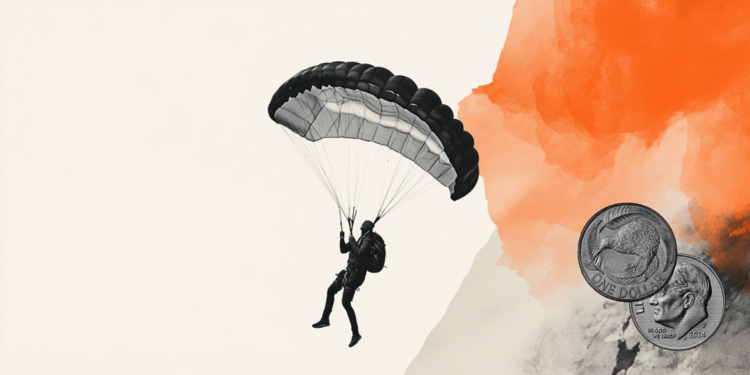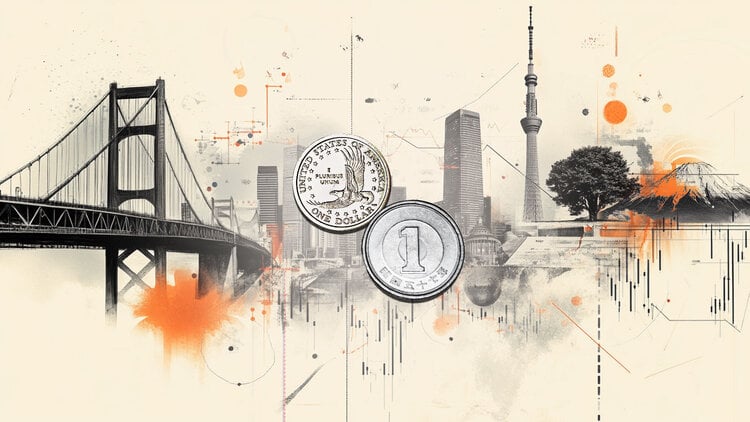The opportunity to present the project is Rockwool Italy Sail Grand Prix (Saturday 23 and Sunday 24 September in Taranto), with the Italian leg of the fourth season of the regatta Sail GP.
All eyes on the sea, therefore. And then this is where the Project Sea horses which involves the installation of rock wool “houses”. for the protection and safeguard of the fish fauna that populates the regional reserve known as Palude la Vela. The initiative, developed in collaboration with One Ocean Foundation and the University of Bari, aims to protect the syngnathid family, usually known as sea horsesAnd pipefish mitigating the effects caused by human activity and climate change on the species that inhabit the Mar Piccolo of the Ionian capital.
«The Italian construction market is a very large one and, therefore, we are happy to be able to bring the knowledge of our sustainable, recyclable and fire-resistant building materials to a country where plastic-based materials are still the dominant solution. The seahorse project is a clear example of collaboration that highlights how versatile our rock wool products can be” he declares Mirella Vitale, Senior Vice President of the Rockwool Group and continues «This is only the latest project resulting from our commitment with the Rockwool Denmark SailGP Team and the One Ocean Foundation for protection and restoration of the oceans».
A new habitat for seahorses
Located north of the city of Taranto, the Mar Piccolo is a coastal lagoon characterized by silty seabeds often covered by algal beds which play an important role, especially during the winter months, in sheltering various species including seahorses and pipefish. However, pollution and human activity have altered the vegetation of the seabed, damaging it and impacting the marine population itself.
It is precisely for this reason that the project in question aims to create conservation areas for the protection of seahorses within their natural habitat e encourage reproduction in a controlled environment through the addition of artificial structures built in rock wool, a material highly compatible with natural environments.
There are three areas identified within the boundaries of the nature reserve in which the refreshment stations for the seahorses will be built: each system is made up of six modules It occupies a space of 6 square metres and has the aim of protecting the syngnathid population not only from predators but also from fishing activities. Furthermore, each module is adorned with sponge cuttings so that they can recreate the ideal habitat for animals e provide shelter to seahorses which, by their nature, exploit camouflage to hide from predators.
«The Mar Piccolo of Taranto is an eco-system of marine species and for a long time hosted one of the largest concentrations of seahorses. Since 2016, however, there has been a drastic drop in population density by about 90%due to natural causes, climate changes and of course due to human activity” concludes Vitale.
The control activity which will last two years, extendable to three years, is made up of different phases: the installation of the systems by the Mare Association and the monitoring by the management body of the Mar Piccolo Regional Natural Park and by the Department of Biosciences, Biotechnology and Environment of the University of Bari Aldo Moro.
And it would not be the only activity on the environmental theme implemented by SailGP: the Ionian stage of the second season held in June 2021, in fact, saw the installation of 332 square meters of solar panels And save over 45 tons of CO2 thanks to the 85 air transfers avoided by using new technological solutions and broadcasting at a distance. Furthermore, the planting of wells is added to everything 750 poplars for the environmental redevelopment of two areas of the city.
Finally, still on the topic of environmental responsibility, it is good to remember the SailGP Impact League – The podium for the planet: the first initiative in the world that integrates action aimed at sustainability into the fabric of professional sport. The crews, in fact, not only compete in the water but also outside, trying to reduce their impact during the races and therefore the overall carbon footprint of the competition. There leaguein fact, rewards the actions of the teams that, at the end of the season, will be able to achieve two podiums: that competitive sports for the results obtained during the regattas and that of the sustainability. For the latter, each team is monitored and rewarded based on various criteria: from inclusiveness and gender representation to the adoption of innovative solutions for clean energy.
Source: Vanity Fair
I’m Susan Karen, a professional writer and editor at World Stock Market. I specialize in Entertainment news, writing stories that keep readers informed on all the latest developments in the industry. With over five years of experience in creating engaging content and copywriting for various media outlets, I have grown to become an invaluable asset to any team.







